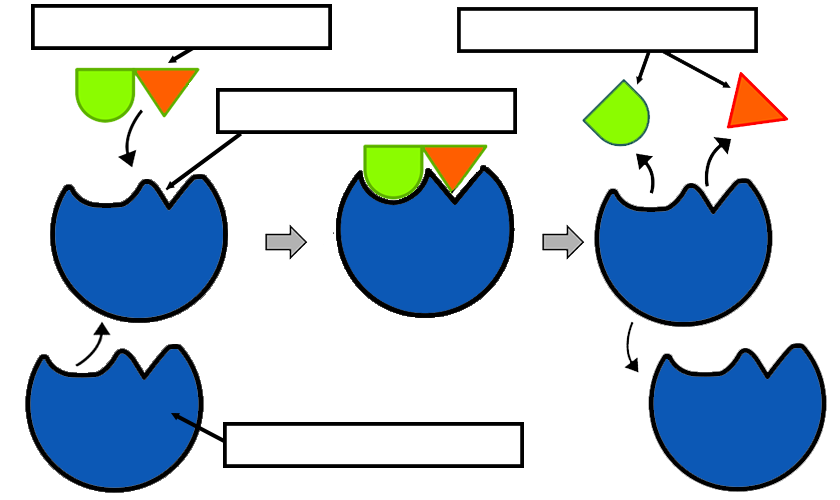

Hydroquinone is structurally similar to but not the same as catechol. How would you define the concepts of a control and of an experiment? Use distilled water where H 2O is indicated. This experiment establishes the standards for appearance when the reaction has or has not taken place.

If you doubted the purity of the enzyme, how could you find out if there is anything else in the potato extract besides catecholase? In all of the experiments below, mix the ingredients as specified, and stir the mixture with a vortex genie or by tapping the side of the tube near the bottom incubate mixtures at 40 degrees C, unless otherwise specified. In the presence of the enzyme catacholase: In undamaged cells catecholase is stored in vesicles and does not interact with catechol. Benzoquinone inhibits the growth of microorganisms and prevents damaged fruit from rotting. This is called the fruit browning reaction. The products formed by this reaction are benzoquinone and water since benzoquinone has a brown color, you can see that the reaction has taken place. The substrates react with one another within the active site of the enzyme. The substrates of catecholase are catechol and oxygen. We will be using the enzyme catecholase (or catechol oxidase) that is common in plants it is present in the freshly squeezed potato juice that has been provided.

The following series of experiments illustrates the principles of enzymatically catalyzed reactions in biological systems. Such factors as temperature and pH can influence greatly the ability of an enzyme to do its job. Enzymes, like all catalysts, are not changed by the reaction they catalyze thus, when all the reactants have been converted to products, the original enzyme molecules remain.Įnzyme function depends on the environment in which the reaction is occurring.

The particular set of reactants for an enzyme are called its substrate(s). Enzymes have high specificity-only specific reactants will fit on their surfaces and balance the local surface charges of the place called the active site. Instead they make protein catalysts called enzymes that provide surfaces on which reactants encounter one another in the proper orientation, and the enzymes may even weaken bonds that are to be broken. (Click here for: Materials, Themes, Web resources)Ĭells do not have the options of heat and vigorous stirring to speed up chemical reactions by making atoms and molecules bump into each other more often and with more force. Enzymes, Laboratory Notes for BIO 1003 Laboratory Notes for BIO 1003 © 30 August 1999, John H.


 0 kommentar(er)
0 kommentar(er)
